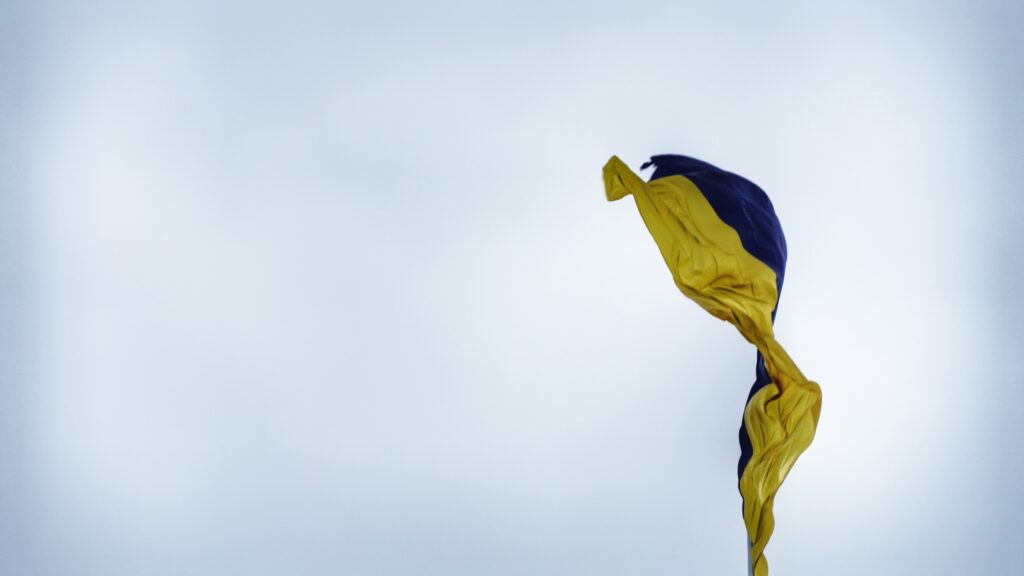Sanctions Screening Tool
Screen against the world’s only dynamic global database of Sanctions and Watchlists, PEPs and Adverse Media.
Request DemoGeopolitical developments in and around Ukraine, including the invasion of Crimea in 2014, have generated a significant amount of international concern in recent years. Many Western governments have responded to these developments by introducing economic sanctions against Russia and Ukraine. Targets for Ukraine sanctions include individuals, companies, and officials deemed to be supporting the occupation.

While focused on the occupied Crimea region, sanctions from Western countries have also been issued in response to efforts by Russia to undermine democratic elections, intervene in Syria and Afghanistan, and to oppress opposition Ukrainian political and media figures, such as journalist and opposition leader Alexei Navalny. Western sanctions have also been introduced in response to Russia’s attempts to oppress opposition politicians in Ukraine’s neighbor, Belarus. In order to avoid compliance penalties for sanctions measures relating to Ukraine, Crimea, and Russia, banks, financial institutions, and other service providers must understand their regulatory landscape. Explore key Ukraine sanctions regimes below:
The US issued its first round of Ukraine sanctions in 2014 as a direct response to the Russian invasion and subsequent annexation of Crimea. The 2014 measures, issued by President Obama, included prohibitions on trade with Russian and Crimean entities and individuals, investment prohibitions, asset freezes, and travel bans. The US strengthened its Ukraine measures in further rounds of sanctions, adding trade restrictions on seven Russian officials, two Russian energy companies, and three Russian banks.
In 2021, the US issued further sanctions in response to Russia’s Ukraine policy, and to its attempts to subvert democratic processes in Ukraine around the world through malicious cyber activities. The US also emphasized the treatment of Navalny, who was poisoned and arrested by the Russian security services.
The EU followed the US in responding to the invasion of Crimea in 2014 with economic sanctions. The first round of EU sanctions was issued in March 2014 and involved business prohibitions between EU and Ukrainian companies, asset freezes, and travel restrictions on 21 Russian and Ukrainian individuals.
The EU has since extended its Ukraine sanctions program to include hundreds of Ukrainian and Russian entities and individuals. In March 2021, the EU sanctioned a further four Russian individuals for human rights violations and for undermining the democratic process, including the arrest and imprisonment of Navalny. The 2021 sanctions were imposed in addition to existing sanctions and entailed travel bans, asset freezes, and a prohibition on EU firms making funds available to the listed individuals.
Prior to Brexit, the UK implemented the EU’s Ukraine sanctions program in response to the invasion of Crimea. In order to maintain sanctions on Ukraine after it left the EU, the UK implemented the Russia (Sanctions) (EU Exit) Regulations 2019: the autonomous measures imposed similar business prohibitions and asset freezes against persons deemed ‘responsible for engaging in, providing support for, or promoting any policy or action that destabilizes Ukraine or undermines or threatens the territorial integrity, sovereignty and independence of Ukraine’.
In 2020, the UK matched the US and the EU in implementing sanctions against Russia for the poisoning and imprisonment of Navalny. The UK’s 2020 sanctions entailed asset freezes, and travel bans against seven members of Russia’s government and its military and intelligence services.
Matching the US, the UK and the EU, Canada implemented sanctions against Russia under its Special Economic Measures (Ukraine) Regulations, which came into force on 17th March, 2014. Canada’s restrictive measures reflect those imposed by other Western countries, entailing business prohibitions and asset freezes against designated persons involved in or financially supporting ‘Russia’s illegal annexation of Crimea and the ongoing Russian occupation in parts of eastern Ukraine’.
Canada has subsequently strengthened its Ukraine sanctions in response to Navalny’s poisoning, and to Russia’s ongoing ‘destabilizing role in Ukraine’ and its human rights abuses ‘against ethnic and sexual minorities, and human rights advocates and journalists’.
Australia originally imposed Ukraine sanctions in response to Russia’s invasion of Crimea in 2014, and strengthened the measures in 2015. Like measures introduced by other Western governments, Australia’s sanctions entail restrictions on designated persons, including asset freezes, prohibitions on the provision of financial support, and travel bans.
In addition to its dedicated Ukraine sanctions regime Australia implements a Russia sanctions regime and a Crimea and Sevastopol sanctions regime, Both the Russia sanctions regime and the Crimea and Sevastopol sanctions regime were also introduced in response to the invasion of Crimea in 2014 and entail a broader set of measures than the Ukraine sanctions, including import and export restrictions, and restrictions on the provision of certain services.
In order to ensure your firm does not violate international sanctions regulations, you should implement a robust sanctions screening solution. Your sanctions screening solution should be updated with the latest information on sanctions relating to Ukraine, Crimea, and Russia, and be equipped to manage a number of unique challenges such as non-Western naming conventions, use of the Cyrillic alphabet, and the use of nicknames and aliases by targeted individuals.
ComplyAdvantage’s sanctions screening tool is designed to help you to meet your Ukraine sanctions obligations: harnessing cutting-edge smart technology, our solution is updated with real time sanctions data and supported by state-of-the-art machine learning systems to reduce false-positive alerts and enhance compliance performance.
Screen against the world’s only dynamic global database of Sanctions and Watchlists, PEPs and Adverse Media.
Request DemoOriginally published 18 August 2021, updated 24 July 2024
Disclaimer: This is for general information only. The information presented does not constitute legal advice. ComplyAdvantage accepts no responsibility for any information contained herein and disclaims and excludes any liability in respect of the contents or for action taken based on this information.
Copyright © 2025 IVXS UK Limited (trading as ComplyAdvantage).